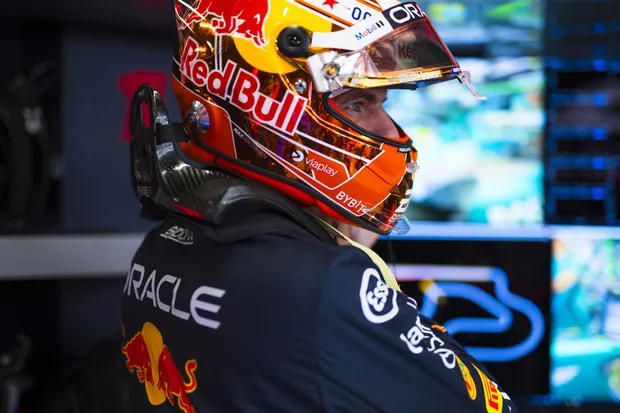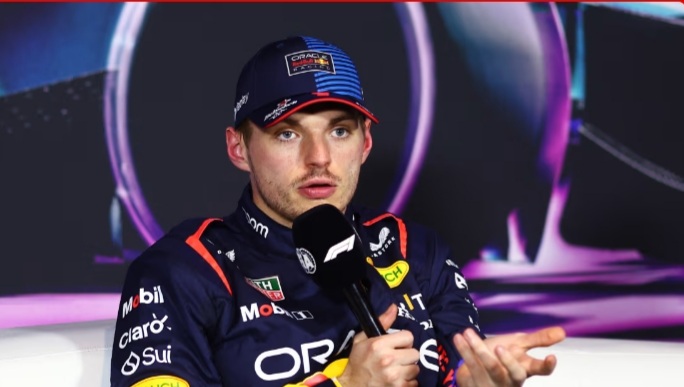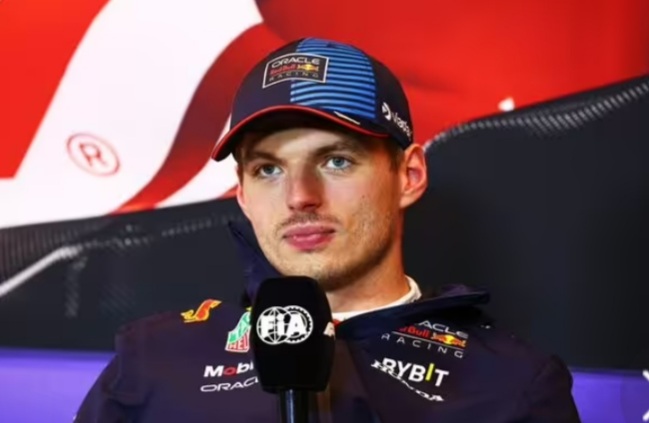Max Verstappen continues to lead the Formula 1 Drivers’ Championship standings. Despite the ongoing competition, his rivals still face significant challenges in overtaking him in the rankings. However, following recent developments announced during the Spanish Grand Prix, Verstappen is anticipated to incur a future grid penalty or multiple penalties this season.
On Friday, Red Bull revealed they were replacing several power unit components in Verstappen’s RB20. The new parts include an internal combustion engine (ICE), a turbocharger (TC), a motor generator unit-heat (MGU-H), and a motor generator unit-kinetic (MGU-K). Each of these components marks the fourth instance used by Red Bull on Verstappen’s car this season. According to Article 28.2 of the FIA Sporting Regulations, teams are allowed only four of each component per season.
This development is significant as the Spanish Grand Prix is only the 10th race out of the 24 scheduled for the season, implying many more races remain. Although Red Bull can still use previously utilized components on the RB20, it’s likely that a fifth component change will eventually be necessary.
Per Article 28.3 of the Regulations, using an additional component beyond the allowed number results in a ten-place grid penalty for the first infraction. Any subsequent use of additional elements will incur a five-place grid penalty each time.
This situation is not unfamiliar to Verstappen and Red Bull. In the past three seasons, where Verstappen secured the Drivers’ Championship each time, the team strategically replaced components at tracks where overtaking was feasible. For instance, during the 2021 season, Verstappen took a new power unit at the Russian Grand Prix, partly because he was already facing a three-place grid drop due to a collision with Lewis Hamilton at the previous race, the Italian Grand Prix. Consequently, Verstappen started the 2021 Russian Grand Prix from the back of the grid, as he did not set a qualifying time.
This strategy of taking penalties at specific circuits has been an effective part of Red Bull’s approach to managing power unit components and maintaining Verstappen’s competitive edge despite the constraints of the regulations.



